It’s getting harder to ignore the looming specter of climate change. Everyone is talking about it, and for good reason. We’re starting to notice little, tangible differences in daily life, all the way down to what’s in our wine glasses.
In a recent segment on 60 Minutes, one scientist called wine grapes “the canary in the coal mine” for global warming because they’re one of the crops most sensitive to variations in temperature and precipitation.
Winemakers around the globe are already mobilized. As far as they’re concerned, climate change is no longer up for debate. Year after year – and in many cases generation after generation – being in the vineyards is enough to verify that the problem is real.
But the issue is not just the winemakers’ to face alone. Climate change will affect consumers and collectors as well. Here’s how.
What Changes Are We Already Seeing in the Vineyards of the World?
Since 1970, a rise of just 2 °F (1.1°C) in average seasonal temperature (April-October) has created some major challenges for the wine industry:
- More rain and moisture, which increase fungus and mold and dilute grape flavors
- Earlier harvest times, which affect ripeness and quality
- Severe drought, which greatly reduces crop yields
- Extreme heat waves, which can scorch leaves and burn grapes
- Pest infestations
- Unexpected frost and hailstorms
- Wildfires that damage crops and taint grapes with smoke
And this is just the beginning. The Intergovernmental Panel on Climate Change (IPPC) believes that if humans fail to mitigate the causes of climate change, the average global temperature could increase by as much as 11.5 °F (6.4°C) by 2100. The United Nations is slightly more optimistic with an increase of 6 °F (3.3°C).
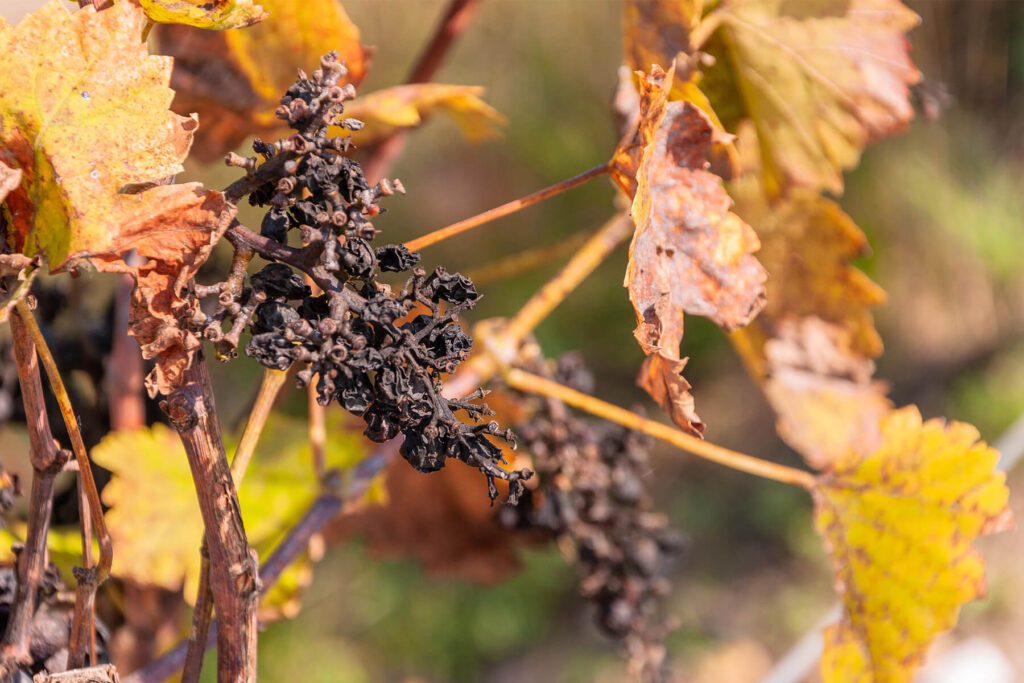
Unmitigated Climate Change Would Uproot the Entire Wine World.
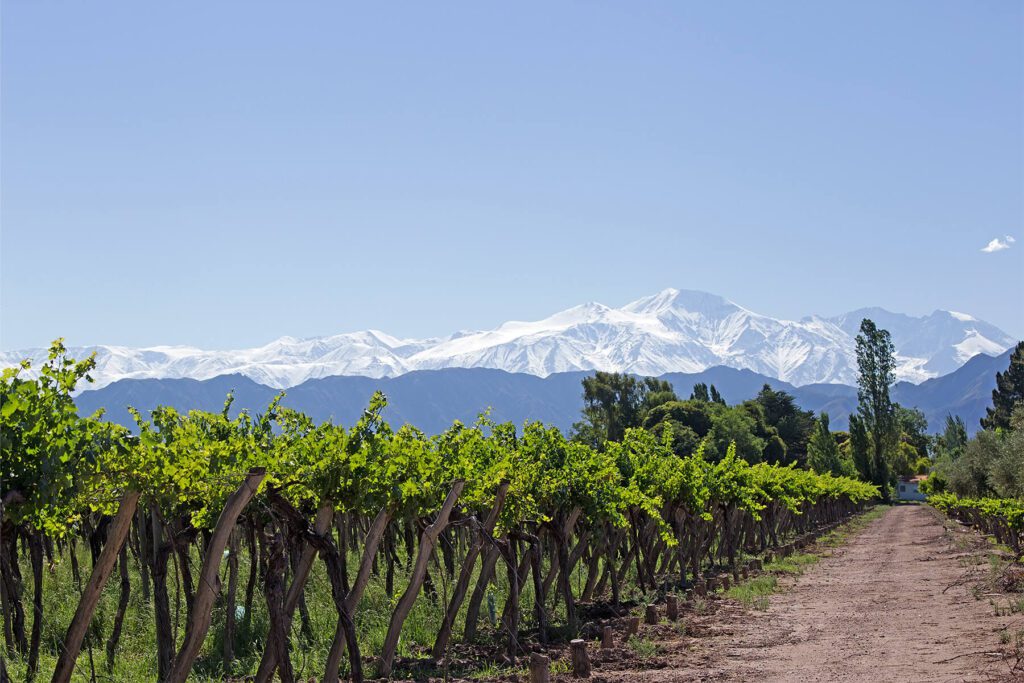
Wine grapes thrive in a very narrow temperature range (75-90 °F or 24-32 °C). For over a thousand years, the highest quality winemaking regions in the world could be found almost exclusively between the 30th and 50th parallels of both the Northern and Southern Hemispheres.
A global increase of 6-12 °F (3.3-6.7 °C) would make many current regions obsolete for quality wine production. Climate change could erase millennia of history, forcing producers to migrate to cooler locations, either higher in elevation or closer to the polar zones.
As dire as it sounds, we’re not condemned to this future. If we can manage to slow the progression, a slightly warmer world might have an upside for wine. Let’s take a look at some of the pros and cons of a warmer climate, beginning with the negative effects and then exploring some of the benefits.
As dire as it sounds, we’re not condemned to this future. If we can manage to slow the progression, a slightly warmer world might have an upside for wine. Let’s take a look at some of the pros and cons of a warmer climate, beginning with the negative effects and then exploring some of the benefits.
How Will Climate Change Negatively Affect Wine as We Know It?
Higher temperatures will change the viticulture landscape. In 2019, the city of Bordeaux, France, approved six new grape varieties, along with more heat-tolerant hybrids, from warmer countries such as Greece and Portugal. Obviously, different grapes could mean that the flavor profiles of these classic wines might change forever. But the change could also usher in a new era of even more amazing wines.
As weather patterns change, wine vintages will vary more dramatically. One of the generally confusing things about the term “global warming” is that it belies the raft of problems that come with it. It’s not just a matter of the earth getting warmer; it also means more extreme weather events more often. Ice storms, snap frosts, rogue hailstorms, torrential downpours, and heat waves are all increasing in intensity and frequency, affecting vines and wines.
Some wine regions may disappear permanently, thanks to climate change. According to NASA, global sea levels are expected to rise 26 inches by 2100. This means many coastal wine communities could be underwater. Imagine what the world would be like without wines from Provence, Jerez, and McLaren Vale. More importantly, imagine what it would mean for the people who live in those places.
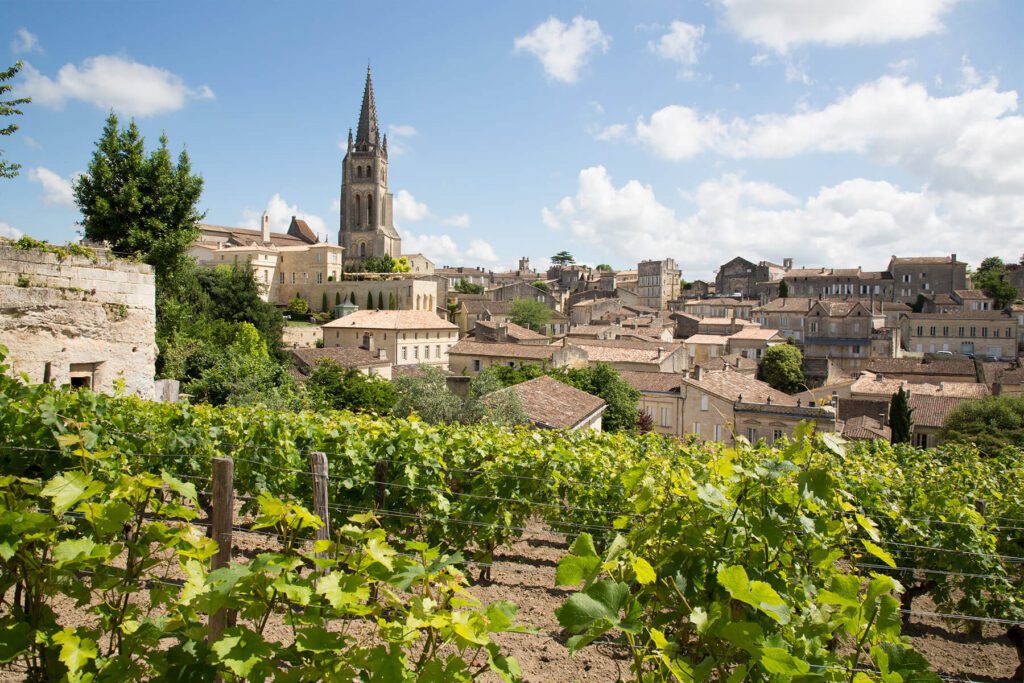
Climate change will disrupt the global wine trade. Increasingly scarce resources, such as cork from trees and paper for labels, will be in demand. Higher costs due to labor, packaging, and shipping, as well as delivery delays, may become the new norm. As oil/fuel costs rise, shipping to certain markets may no longer be cost-effective. The best bottles of Bordeaux may end up in London, rather than in New York.
Counterfeiting is already a problem in the wine industry. When demand outpaces supply, it will be even more so. Black markets are always happy to rise to the occasion to meet the growing thirst for fine wines. Vetting the provenance and authenticity of your high-end wines before buying them will be more important than ever.
In summation: expect more difficulty in locating and acquiring your favorite high-end wines, watch for unpredictable variations in quality, and, in general, anticipate paying more for everything.
Is There an Upside to Climate Change When It Comes to Wine?
Climate change will lead to longer-aging and more robust wines. Warmer climates mean riper grapes. And riper grapes yield more sugar, which converts to higher alcohol levels. High-alcohol wines typically age longer, so make some room in your cellar.
New wine regions are emerging with unique, high-quality offerings. Take England as the prime example: 20 years ago, English wine barely registered on the map, but as regional temperatures rise, the English are now making sparkling wines that give fine Champagne a run for its money. And someday soon, we might look to places like Ontario, Belgium, Patagonia, and even Tasmania for luxury offerings!
As the wine world makes running changes to its vineyards and wines, your current collection will become rarer and in higher demand. There may come a day when a Bordeaux made from traditional Cabernet and Merlot is a thing of the past. Imagine the prices your collection will command when only a few hundred bottles are remaining in the world!
While many classic regions are reporting smaller yields, some are noting that the overall quality is higher. Grape vines are funny in that way: the less fruit they produce, the better the wine tends to be. Higher average ratings, value and, of course, even better wine are all welcome benefits.
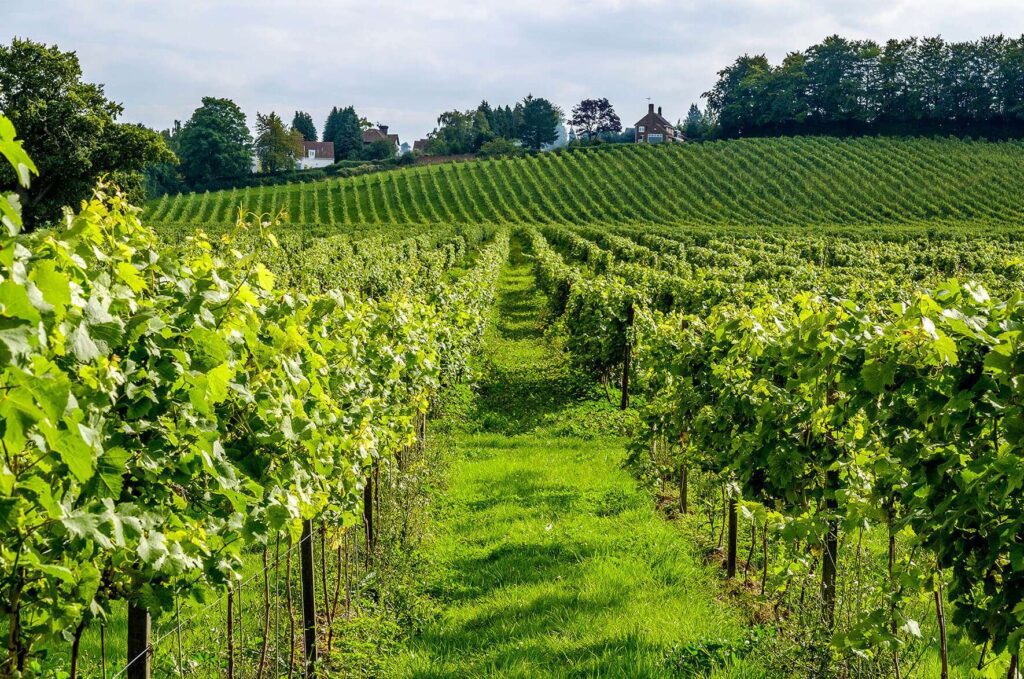
What Does Climate Change Mean to Me as a Collector?
While it’s not helpful to panic, acknowledging that climate change is real can be a positive thing. As a lover, consumer, and collector of wine, it can help you better savor what you already have and to prepare for and embrace the changes ahead.
For now, stock up on your favorite wines knowing that one day those rare gems may be even rarer. For a more active role in mitigating the crisis, consider buying from wineries that produce sustainably. And to look ahead, take the opportunity to experiment with new regions now. The next wines to rival those of Bordeaux or Napa could be breaking buds in Eastern Europe, or maybe even Asia!
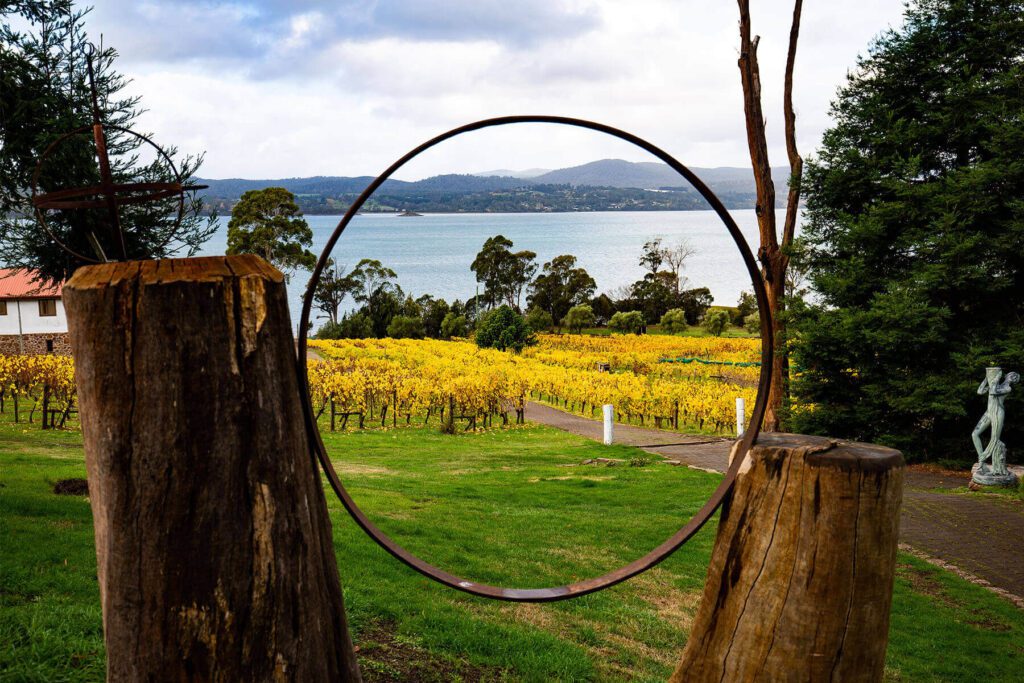
If ever you needed an excuse to buy more wine, this is it!
Wine grapes require an optimal climate to thrive; likewise, your wine collection should have a consistent, reliable environment to thrive after it’s been bottled. Our technology and expertise can ensure that even in the hottest of seasons, your collection will stay cool as a breeze. Contact us to get started on building your dream cellar!

